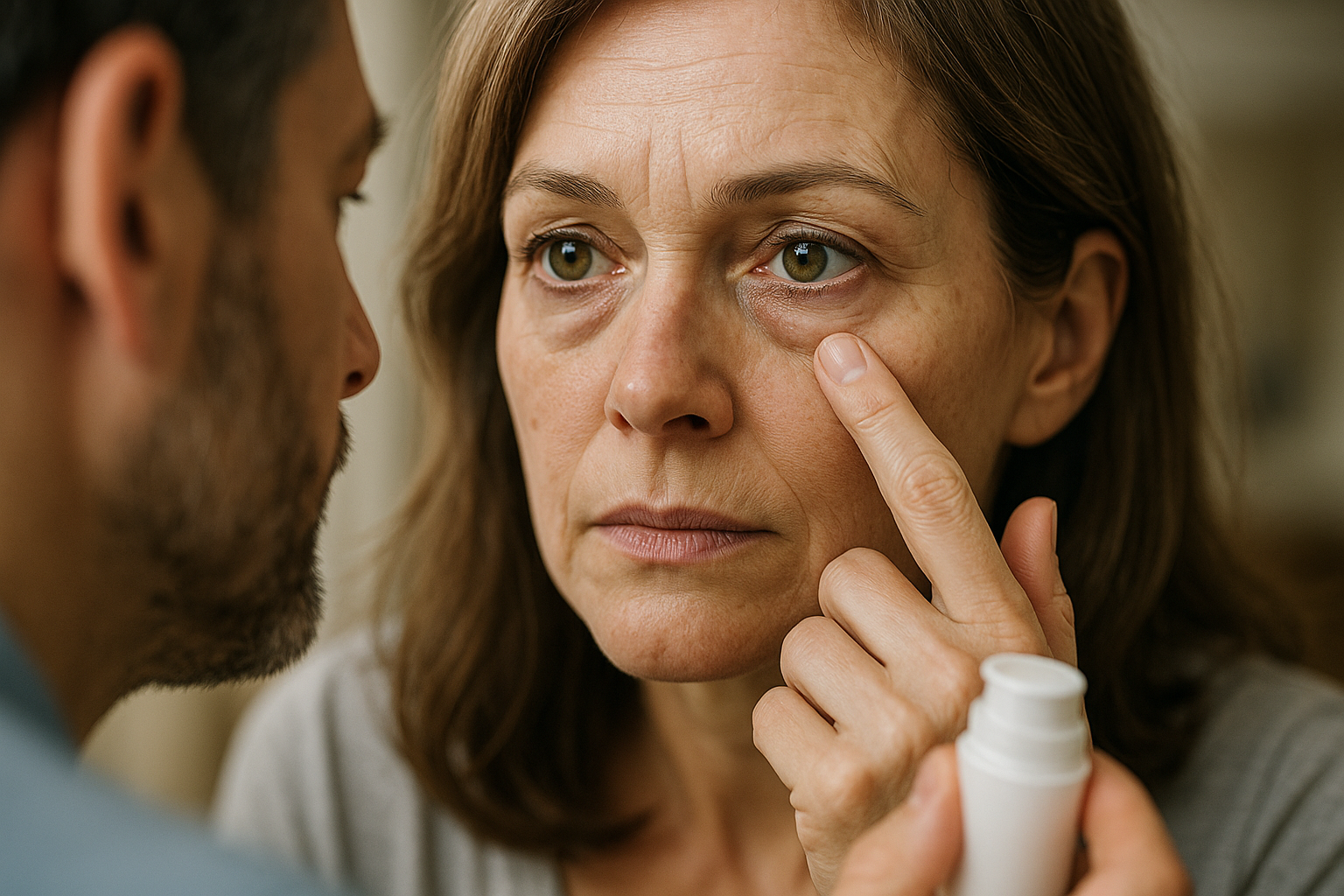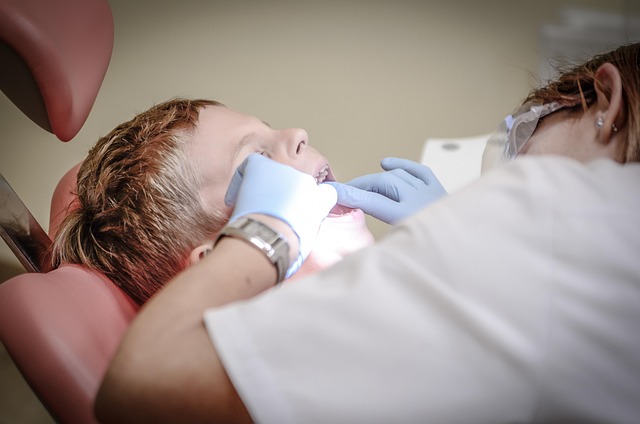Warts Treatment: Causes, Options, and What to Expect
Warts are common skin growths caused by human papillomavirus (HPV) that can appear on many parts of the body. They vary in appearance and may be painless or bothersome depending on location. Understanding how the virus spreads, what a wart looks like on the skin, and the range of treatment options can help you choose the right approach for your situation.

This article is for informational purposes only and should not be considered medical advice. Please consult a qualified healthcare professional for personalized guidance and treatment.
What causes warts and the role of the virus?
Warts develop when one of many strains of HPV infects the top layer of the skin. The virus stimulates rapid cell growth, producing a raised or rough bump. Different HPV types favor different areas: some cause common warts on hands, others cause plantar warts on feet, and yet others cause flat warts on the face or legs. Transmission typically happens through direct skin-to-skin contact or indirectly via shared surfaces. People with minor cuts, damp skin, or a weakened immune system are more susceptible to infection.
How do warts affect the skin?
On the skin, warts can be small and barely noticeable or larger and clustered. Common warts are often rough and dome-shaped; plantar warts appear on pressure points of the foot and may be flat and painful; flat warts are smoother and smaller. Warts may have tiny black dots (thrombosed capillaries) and can persist for months or years. While usually benign, warts sometimes cause discomfort, friction-related pain, or cosmetic concerns. Scratching or picking at a wart can spread the virus to nearby skin, creating additional lesions.
When is a wart an infection requiring care?
A wart is an infection by definition because it results from a viral invasion of the skin. Many warts resolve on their own without intervention, particularly in children. Seek medical evaluation if a wart is painful, bleeding, rapidly changing, spreading aggressively, or present on the face or genitals. People with diabetes or immune suppression should consult a clinician before attempting at-home treatment. A healthcare provider can confirm the diagnosis, rule out other skin conditions, and discuss safe options tailored to your skin and medical history.
What treatment options are available?
Treatment choices range from conservative at-home care to clinic-based procedures. Over-the-counter topical salicylic acid preparations gradually exfoliate wart tissue and are effective for many common warts when used persistently. Cryotherapy (freezing) performed in clinic or with home kits destroys wart tissue by freezing cells. Other in-office options include cantharidin (a blistering agent), minor surgical removal, electrosurgery, laser therapy, and topical prescription agents such as imiquimod for some types. Immunotherapy approaches—topical or intralesional—aim to boost the local immune response to clear persistent warts. Effectiveness varies by wart type, size, duration, and individual immune response; multiple treatments are often needed. Discuss side effects, scarring risk, and healing time with a provider.
Preventing spread and supporting healing of skin warts
Simple precautions reduce transmission and support recovery. Avoid picking or shaving over warts, keep affected areas clean and dry, and cover warts with a bandage when possible. For plantar warts, wear socks and protective footwear in communal showers or locker rooms to reduce exposure. Don’t share towels, razors, or footwear. Strengthening general immune health—adequate sleep, balanced diet, and treating underlying conditions—may help the body clear the virus faster. When using topical treatments, follow instructions carefully and protect surrounding skin to limit irritation.
When to seek a specialist and what to expect from treatment
If warts are recurrent, widespread, or resistant to first-line measures, a visit to a dermatologist or podiatrist may be appropriate. Specialists can offer targeted therapies and confirm that the lesion is a wart rather than another skin condition. Expect an evaluation of lesion type, size, and location, and a discussion of risks and benefits for each option. Follow-up is common because multiple sessions are often required. Treatment goals typically focus on symptom relief and reduction of viral spread rather than guaranteed permanent eradication; some warts recur despite appropriate care.
Warts are a viral skin condition with multiple safe and effective management strategies. Many resolve spontaneously, but targeted treatment can reduce symptoms, improve appearance, and limit spread. Match the chosen approach to the wart type, location, and personal medical factors, and consult a healthcare professional when in doubt.






